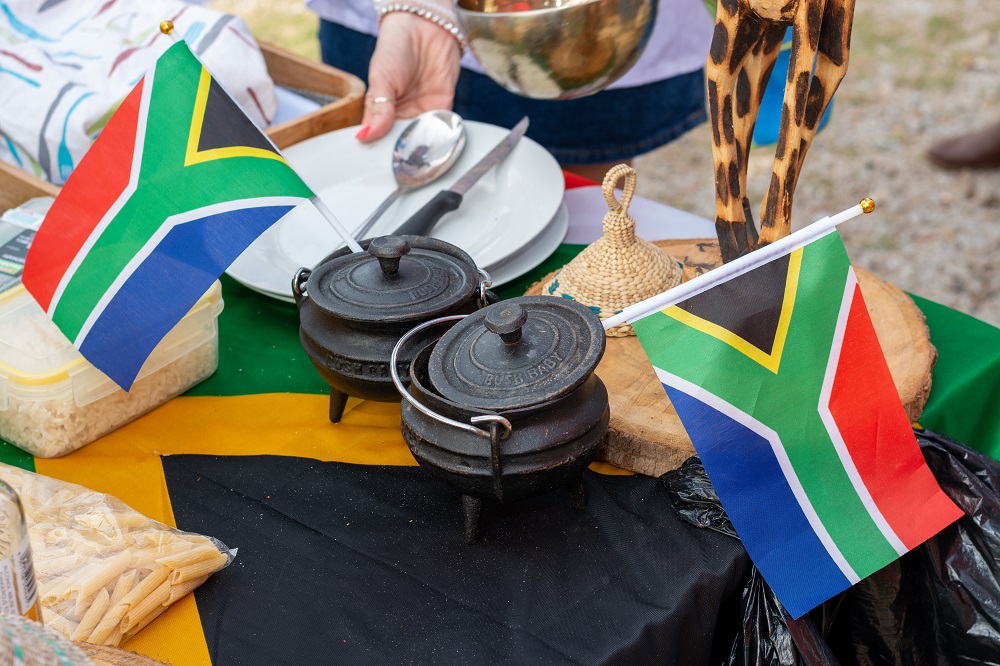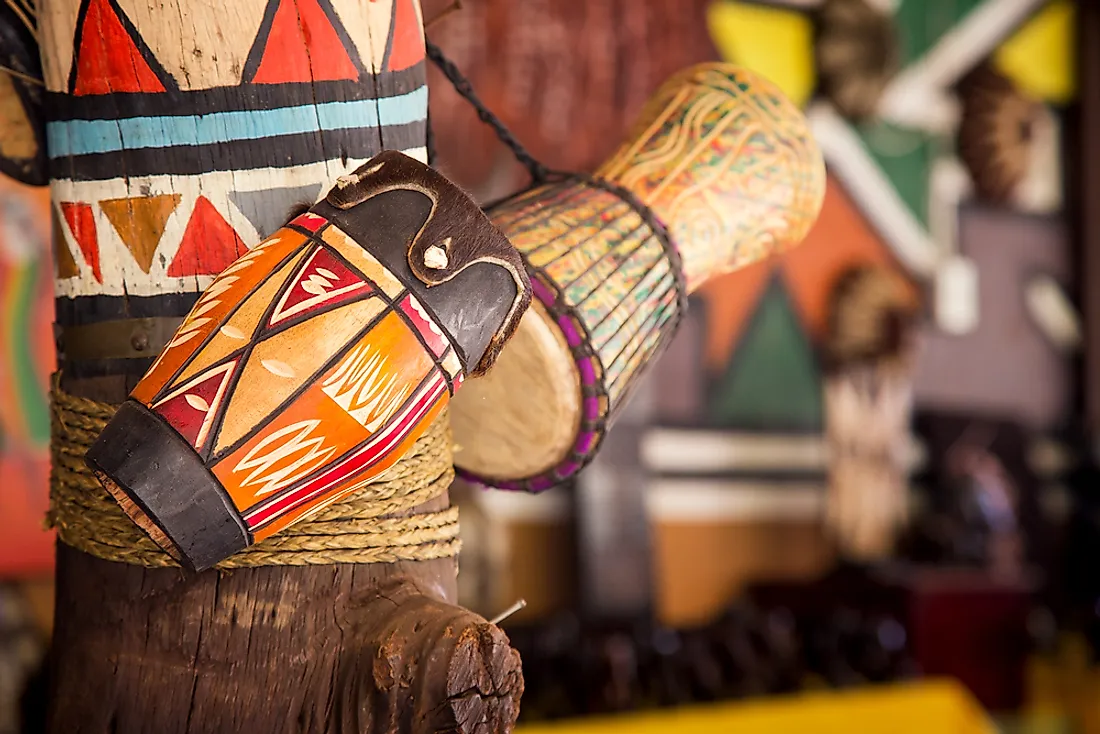The South African Culture Today Statements
The South African Culture Today Statements
Blog Article
The Main Principles Of South African Culture Today
Table of ContentsSouth African Culture Today Fundamentals ExplainedNot known Details About South African Culture Today Our South African Culture Today PDFsSouth African Culture Today Things To Know Before You Get ThisThe Only Guide to South African Culture TodayNot known Details About South African Culture Today
This adheres to with vocal singing and drum pounding. The groom and bride then satisfy with the seniors and chat concerning the value of their union. An issue of importance in Zambian towns is the diing of enjoyed ones. All members of the town put money, effort and time with each other for the burial of the deceased.Throughout the mourning duration; guys stay outside your house and the women remain inside your house of the deceased. After discussing the departed, the village walks to the area of funeral to claim their last goodbyes. Music and dance is a very important aspect of the Zambian society. The various tribal units have their very own dancing types; nonetheless, makishi is common amongst all people.
Not known Incorrect Statements About South African Culture Today
When it concerns music, drums are utilized the most, with a range of drumming events. In Zambia, bulk of individuals are Christian; Protestant and Roman Catholic. There are small teams of Muslims and Hindus, with the rest adhering to neighborhood native tribal ideas.

South African heritage and society is immensely varied, and includes lots of different teams of people that each have their very own practices and beliefs. Having such a variety of people and societies is what makes South Africa so distinct. In real sense of the phrase, we are a rainbow country.
South Africa has approximately 3 hundred thousand Portuguese individuals living in it. Making it the 7th on the listing of nations with one of the most Portuguese individuals in it beyond Portugal. Portuguese is not only a culture, but it is likewise a language and a race. Portuguese people originate from the nation of Portugal in Europe, nevertheless, due to Portugal (like numerous various other nations in Europe) checking out the globe and conquering various other countries during the 15th 20th centuries, South Africa has what we call Portuguese South African's living in it.
All about South African Culture Today
Amongst the popular attributes of the topography is a plateau that covers almost two thirds of the facility of the country. The plateau facility increases towards the southeast, where it climaxes in the Drakensberg array, part of an escarpment that separates the plateau from the seaside areas. The Drakensburg includes Champagne Castle, the highest possible peak in the country.
The region north of the Witwatersrand, called the bushveld, inclines downward from east to west toward the Limpopo River, which creates the global border. The western area of the plateau, the middleveld, also descends in the direction of the west and varies in elevation between the highveld and bushveld. In between the Drakensburg and the eastern and southerly coast, the land comes down to the sea.
Nearer the shore there is a low-lying plain called the eastern lowveld. Southwest of the plateau the country ends up being considerably more arid, offering way to the hostile desert of the Great Karroo, surrounded on the east by the reduced, much better sprinkled plateau of the Little Karroo. Separating the completely dry southerly inside from the sandy coastal of the southerly shore and West Cape is an additional range, the Langeberg.
Unknown Facts About South African Culture Today
The country's racially, ethnically, and politically separated background has generated nationwide and subnational symbols that still operate as signs of the nation, and others icons that are accepted only by particular teams. The monoliths to white inhabitant occupation and political dominance, such as the Afrikaner Voortrekker ("leader") Monument in Pretoria and the Rhodes Monolith recognizing the British colonial empire home builder and Cape head of state Cecil Rhodes, stay sectarian signs.
The first modern inhabitants were the San ("bushman") hunter-gatherers and the Khoi ("Hottentot") individuals, who herded animals (South African culture today). The San might have existed for countless years and left proof of their presence in countless old cave paints ("rock site art"). Bantu-speaking clans that were the forefathers of the Nguni (today's amaZulu, amaXhosa, amaSwazi, and vaTsonga individuals) and Tswana-Sotho language groups (today's Batswana and Southern and Northern Basotho) migrated down from eastern Africa as early as the fifteenth century

The 2 previous republics of the Orange Free State and Transvaal (South African Republic) were established by Afrikaner settlers that beat and dispossessed the Basotho and Batswana. Lesotho would have been by force incorporated right into the Orange Free State without the extension of British security in 1869. The ultimate marriage of the country arised from the South African War (18991902) in between the British and both Afrikaner republics, which reduced the country to mess up at the beginning of the twentieth century.
Afrikaners historically considered themselves the just true South Africans and, while providing full citizenship to all citizens of European descent, denied that condition to individuals of color up until the autonomous transition of 1994. British South Africans retain a sense of social and social connection to Great Britain without damaging their identification as South Africans.
South African Culture Today for Beginners
The variety and fragmentation within ethnic groups and the balance of stress in between those teams during the twentieth century prevented interethnic civil conflict. While intergroup stress over resources, entitlements, and political prominence remain, those conflicts are as likely to pit Zulu against Zulu as Zulu versus Xhosa or African against Afrikaner.
From colonial India, British merchants and managers brought the rounded visit this web-site metal ornamental roofings and slender shoelace job pillars that still epitomize the verandas of homes arounds and cities throughout the country. Houses of praise add a vital building facet also in the tiniest communities. In addition to the soaring steeples and timeless stonework of Afrikaans Dutch Reformed churches, Anglican churches, synagogues, mosques, and Hindu temples give variety to the religious building scene.

Butchering and the brewing of traditional grain beer are essential in protecting the engagement and a good reputation of the ancestors who are taken into consideration the guardians of good luck, prosperity, and well-being. Indian communities maintain their native cooking practices and use them on Islamic and Hindu routine and ritualistic events. Afrikaners and Coloured people collect at weekends and unique occasions at multifamily barbeques called braais, where area bonds are enhanced.
Since this was the main financial enterprise of both black Africans and white colonists, problem in between those teams focused on the property of grazing land and published here animals. In 1867, the largest ruby down payments on the planet were found at Kimberley in the west central location. The wide range from those fields assisted fund the exploitation of the greatest gold coral reef on the planet, which was discovered on the Witwatersrand in 1886.
Fascination About South African Culture Today
This brought about misconceptions and calculated misrepresentation in the negotiations of white settlers and federal government officials with African principals during the colonial period (South African culture today). In the establishment of African reserves, some aspects of common and mainly "tribal trust" land period were maintained, and also in white country areas, kinds of communal period were still exercised in locations with African communities
After the democratic transformation of 1994, programs for land restitution, redistribution, and reform were instituted, however development has been sluggish. The white minority still controls eighty percent of the land. In the wake of agricultural land invasions in Zimbabwe, the Division of Land Matters has promised to speed up land redistribution.
Report this page